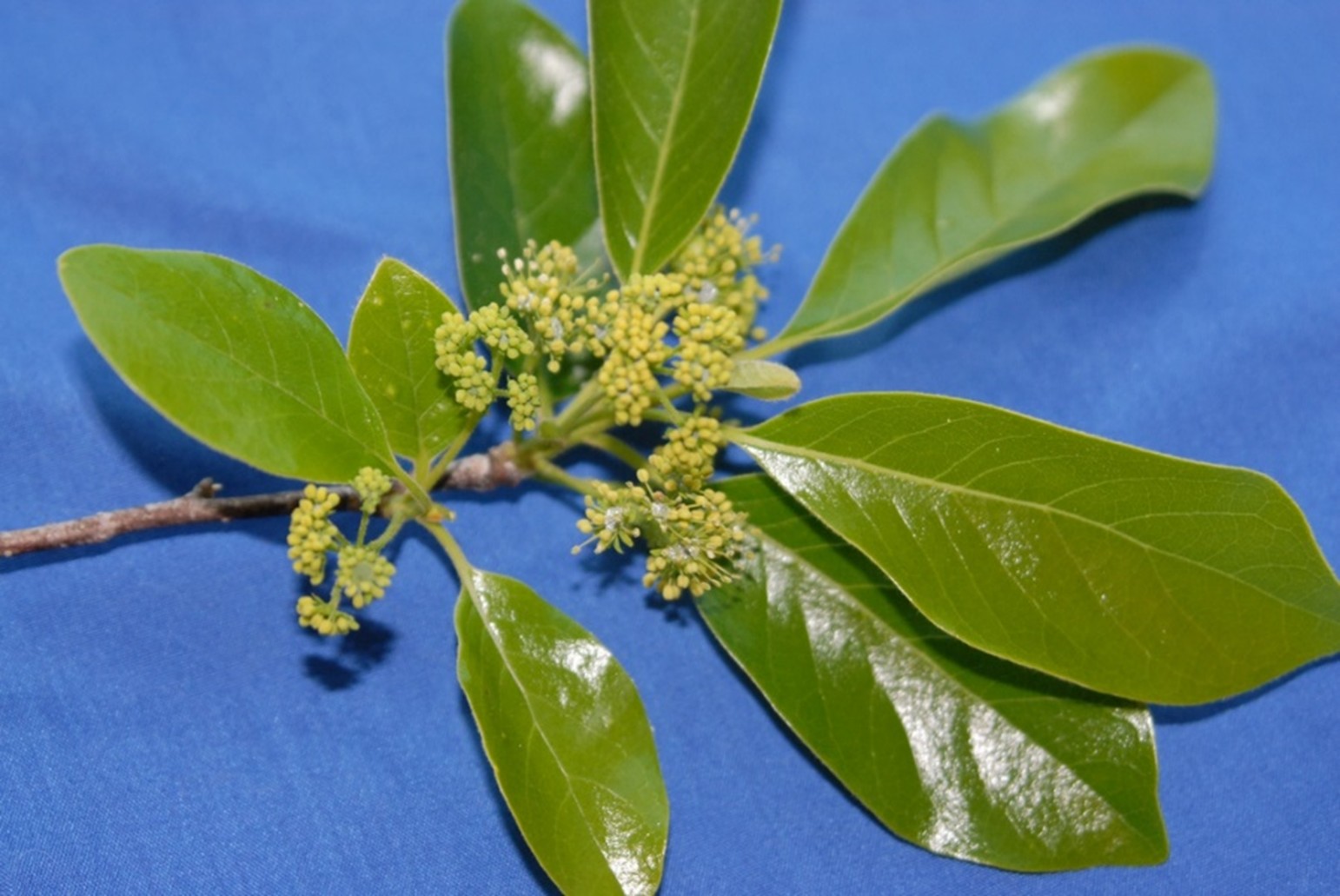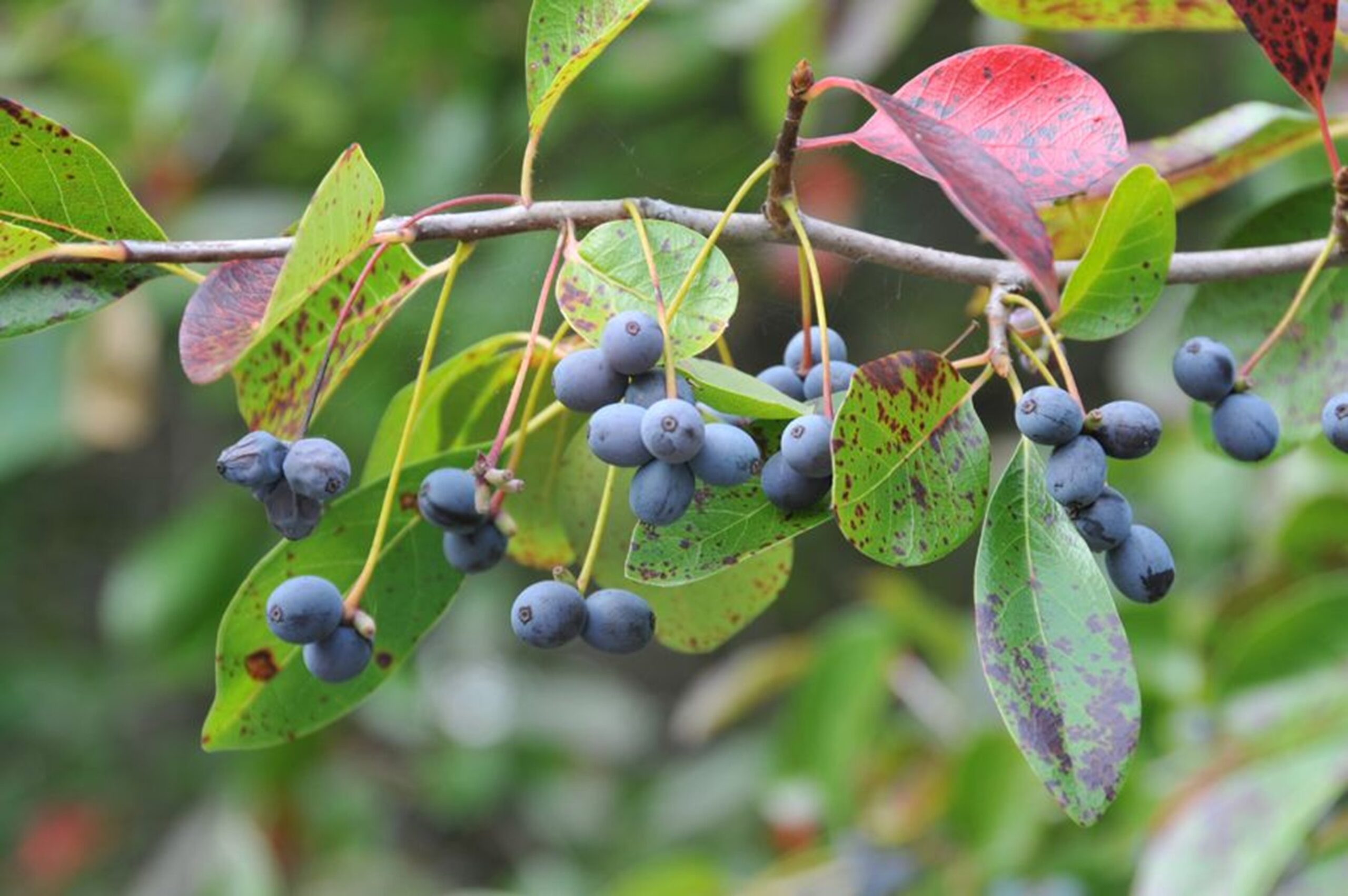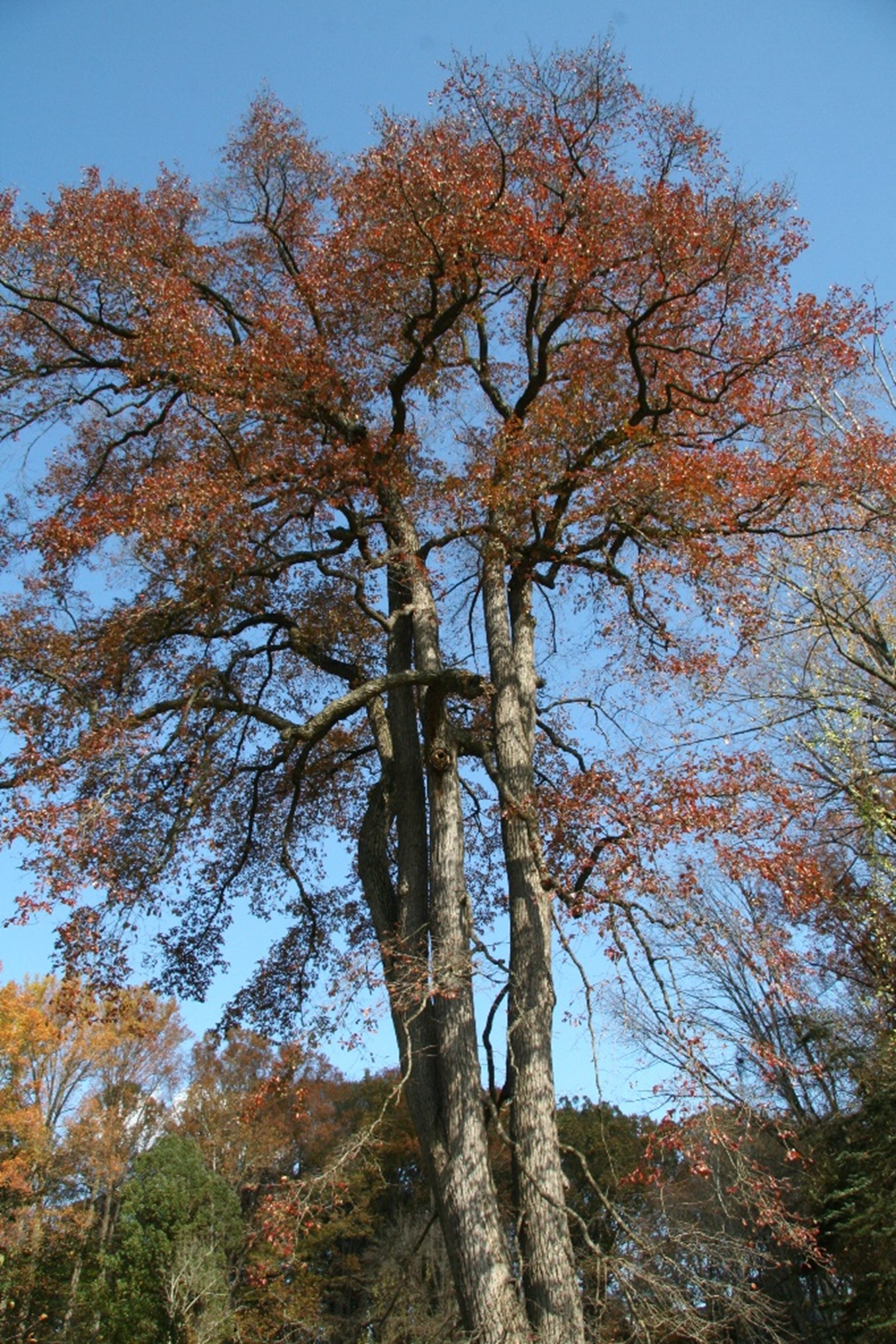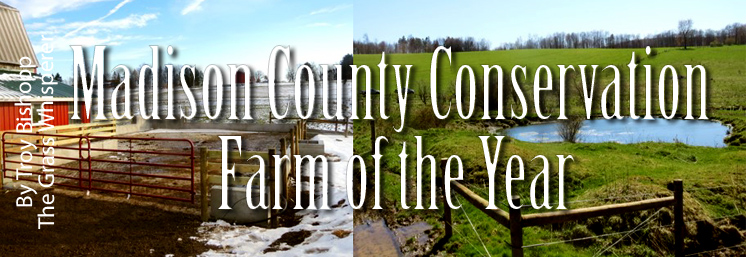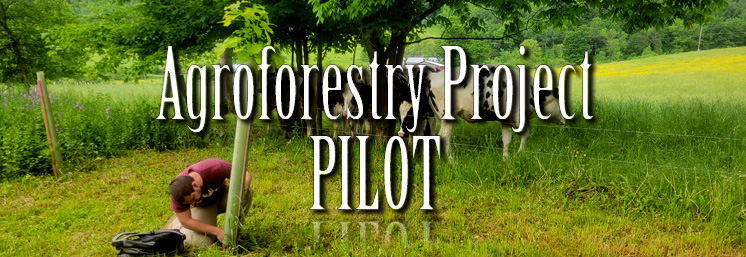By: Ava Glasser, Upper Susquehanna Coalition
Nyssa sylvatica, also known as black gum or black tupelo, is a medium-sized deciduous tree native to eastern North America from the coastal Northeastern United States and southern Ontario south to central Florida and eastern Texas, as well as Mexico. The binomial name translates to “water nymph of the woods”, as is fitting for a tree found often in wooded creek bottoms and swamp margins. One of the common names, tupelo, is of Native American origin, coming from the Creek words ito “tree” and opilwa “swamp”. While black gum can also be found growing in the uplands on well-drained, light-textured soils, it grows best on the moist loams of lower slopes and coves. Black gum is one of the longest living tree species in North America, capable of reaching over 650 years of age! On average, mature height for a black gum ranges from 40-70 feet, though they have been observed to grow up to 120 feet tall in the most favorable site conditions.
Black gum trees can be identified by a few key traits. The bark is grayish brown and deeply furrowed with rectangular or square scales. Trunks are typically very straight with branches growing outward perpendicular to the trunk, almost at a right angle. The leaves of black gum can vary in size and shape, from ovate to elliptical, but they always have a waxy surface with pale green undersides, and entire but somewhat wavy leaf margin. The fall color of the foliage is extremely vivid, and ranges from red to purple. Flowers and fruits are only found on female trees, since black gum is a dioecious species (staminate and pistillate flowers found on separate individuals). From late summer to fall, female trees produce green drupes that ripen to bluish-black in color, and are about 10 mm long. Fruits are edible, but very sour, and are a preferred and essential food resource for migratory birds. The greenish-white clustered flowers are also a rich source of nectar for bees, resulting in wild “tupelo honey” (Not just the name of a Van Morrison song!).
Since this tree can be found in such a variety of habitats throughout its native range, it has high value for wildlife and humans. Birds and mammals eat the fruits, insects use the nectar, and the natural hollows that form inside the trees due to decayed branches are a refuge for many animals that live inside them, including insects, birds, mammals, reptiles and amphibians. The hollow-forming habit of black gum trees has also been historically useful to humans; hollow sections of black gum trunks were formerly used as “bee gums” before modern beehives became common in North America. After European honeybees were introduced to North America, they became established in our forests, and feral colonies were often caught and housed in homemade makeshift hives made of hollow tree sections. Black gum trees were so popular for this use that the word “gum” became synonymous with “hive” throughout Appalachia, regardless of the source of the wood.
Black gum is a wonderful addition to most landscapes, and the USC is happy to offer this stock for free to qualifying landowners within the watershed as part of our Trees for Tributaries program this spring.


